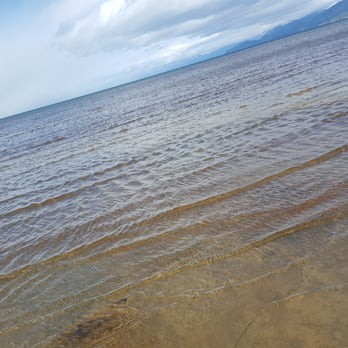After putting together the NASA Inspire VLF3, I realised I was just getting a 60Hz hum as I live in the middle of the city - or was I? I went away to a more remote cabin with friends for a weekend where I intended to go somewhere remote and we tested the radio by a very deserted beach.
There is an app called SpectrumView on the app store that we used to check out whether or not we were getting a hum and what frequency it was at. It was quite useful in debugging problem. We noticed, that as we rotated the radio around the hum came and went. How strange! Anyway, it turned out to be a problem with how the radio was grounded, and the wire I was using to ground it had a coating on the outside despite appearing to look like copper. Once that was figured out, performance went up immediately! There are grounding rods you can get that a long and made of copper that you can plant in the ground - I highly recommend these to create a good ground.
The second area of improvement is the antenna. I started with a very short whip antenna just to see if I could get any signal, then moved to this Buddipole long telescopic whip antenna. 10ft sees like a reasonable length to be able to get the VLF signals yet still maintain a modicum of portability. This was the final design that works, though I have plans and dreams of magnetic loop antennas which should provide even better signal in noisy environments.
It should be noted the large body of water around Lake Tahoe also makes an excellent ground plane.

 jean
jean
Discussions
Become a Hackaday.io Member
Create an account to leave a comment. Already have an account? Log In.